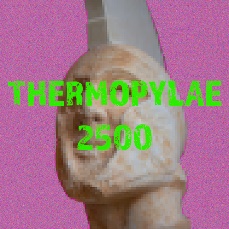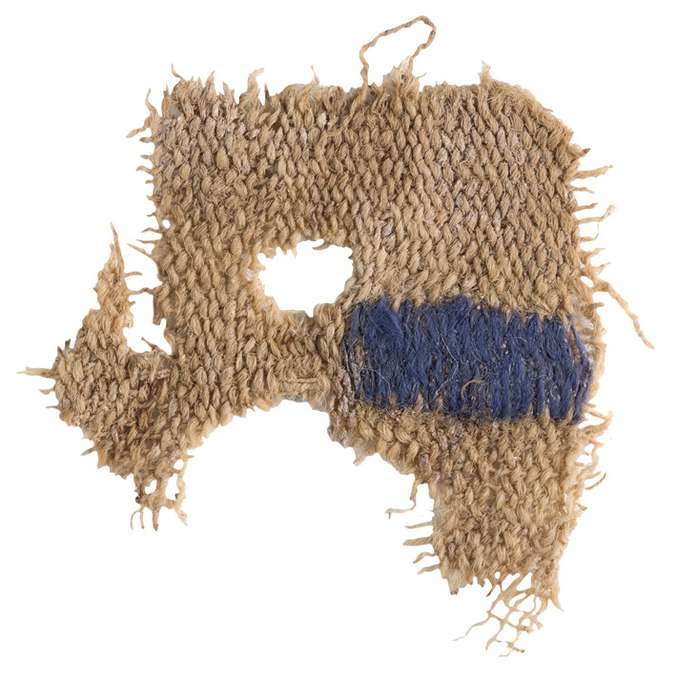Rome’s forgotten poetry:
Poetic production between community-based art, folklore, and avant-garde entertainment
Panel in the 13th Celtic Conference in Classics, Lyon 15-18 July 2020
Poetry was an omnipresent element of cultural practice of the Roman world. The corpus of ‘published’ (literary) poetry that survives until the present day, to a very large extent, was the product of individuals who, as members of Rome’s ruling classes or their protégés, would find a medium for personal expression and declaration of feelings and beliefs in their poetic compositions, a way to demonstrate artistic skills and aspirations, a ticket to the limelight, etc. Persius’ first satire, for example, is abundant in references to this role of literature in the 1st c. AD: the satirist finds in his little book the way to express his innermost thoughts (1.120), whereas the majority of poets publish their work in the hope of public attention (1.26-77).
Not all of the poetic activity of the Romans was made public, however. Poetry was written also casually and shared among friends, either expressing affection or wittiness, as Cicero (Fam. 12.16) tells us about one of his friends. And although the surviving remnants of published evidence is more easily accessible to us, poetic activity was documented more conspicuously in everyday life in the Roman world. For one, messages conveyed in verses inscribed in the walls of Pompeii testify to this, whereas verse inscriptions are visible and tangible reminders of poetic compositions that belonged to the people outside the educated elite and beyond the city of Rome.
Beyond its production, poetic activity was also apparent in recitations and manifold performances that are not necessarily best described as examples of dramatic or performing genres. In a notorious passage, Livy (7.2.1-8) explores the development of what one might loosely describe as forms of scenic entertainment in its various manifestations before the paradigmatic shift associated with Livius Andronicus. However, performances of this type with casual verse composition and exchanges between actors have survived until much later, with the participation and active as well as passive involvement of people regardless their social class. Petronius (Sat. 90) reports such a poetic recitation without the expected results, whereas Persius again in his first satire gives examples of poetic recitations that provoke his criticism (1.15-23, 88-90). All these examples elevate Latin poetry from compositions that were merely produced for publication, recitations and performances with specific settings, and artistic products associated with an educated upper class, to a predominantly cultural activity which was inclusive, with the engagement of people that we do not need to understand as historically or socially determined communities.
Disentangling the widespread, shared cultural practice from dogmatically imposed social and spatial constraints, we propose to examine the poetry of ‘the people’ in its own right, while including its social dynamics, with a view to how poetry as a cultural activity interacted with society, which role(s) it played to its heterogeneous audiences, and how the Romans construed poetry by perpetually interacting with it. Thus, we will look into the poetics of these compositions and enquire into the extent to which people complied to traditional norms and genres. From a different angle, it is also possible to investigate this evidence and examples as parts or variables of ‘popular culture’, exploiting the framework that has been developed recently by Horsfall (2003), Toner (2009), and Grig (2017). Finally, research on literary developments and poetic compositions as cultural activities will contribute to a better understanding of the Roman poetic landscape, as well as of the Roman literary culture (Fantham 1996). Overall, we believe that this approach is designed to bridge the gap between composition and activity in our studying of Roman poetry, considering literary production across social, ethnic, and linguistic groups.
Within this context, we would like to invite proposals for a panel in the 13th Celtic Conference in Classics (Lyon, 15-18 July 2020). Proposals can address themes and answer questions related, but not limited, to:
Evidence
- Evidence for documented but not survived poetic activity and its reception in the historical, social, and literary context.
- Poetic compositions shared within communities and networks without any intention to be published can be examples of this.
- Poetic compositions publicly displayed (e.g. inscriptions), but not published.
- Testimonia of oral composition.
Poetics
- Poetics of the poetry of the people: stylization; metres and canons; compliance with or divergence from the traditional forms?
- Themes in the poetry of the people: love, death, wittiness, satire.
- Short poetic compositions that cannot be defined in terms of genre.
Poetry as cultural activity
- Forms and contexts of poetic recitations and performing acts in their historical and literary contexts; the evidence for mime.
- Literary production that is deliberately associated with or disassociated from social classes and its implications. Poetic composition beyond the city of Rome.
- Poetic production and/against consumption; different compositions in private/public spheres of cultural activities; was the consumed poetry the same or correspondent to the poetry they composed and/or published?
- Poetry of the people and interaction with the historical, social, and political contexts. E.g. Suetonius (Ner. 39.1) reports the short compositions against Nero that people circulated or posted.
Confirmed speakers:
Yelena Baraz (Princeton University)
Hans Bork (Stanford University)
Maria Jennifer Falcone (University of Pavia)
Jan Kwapisz (University of Warsaw)
Marie Ledentu (Université Lyon III – Jean Moulin)
Luke Roman (Memorial University)
Christoph Schubert (Friedrich-Alexander-Universität)
Please, send your abstracts (300 words) to either of or both the organisers: Dr Andreas Gavrielatos (a.gavrielatos@reading.ac.uk) and Professor Peter Kruschwitz (peter.kruschwitz@univie.ac.at) by the 28th February 2020. We aim to complete the selection of papers by the Ides of March.
Due to some secured funding, a limited amount of money will be used to support participants towards travel expenses and/or registration fees. Priority will be given to those without a permanent post, independent researchers, scholars from under-represented groups, etc.
 A scene of music on a Lakonian vase, c. 530 BCE. British Museum, 1854,0810.4.
A scene of music on a Lakonian vase, c. 530 BCE. British Museum, 1854,0810.4.



















